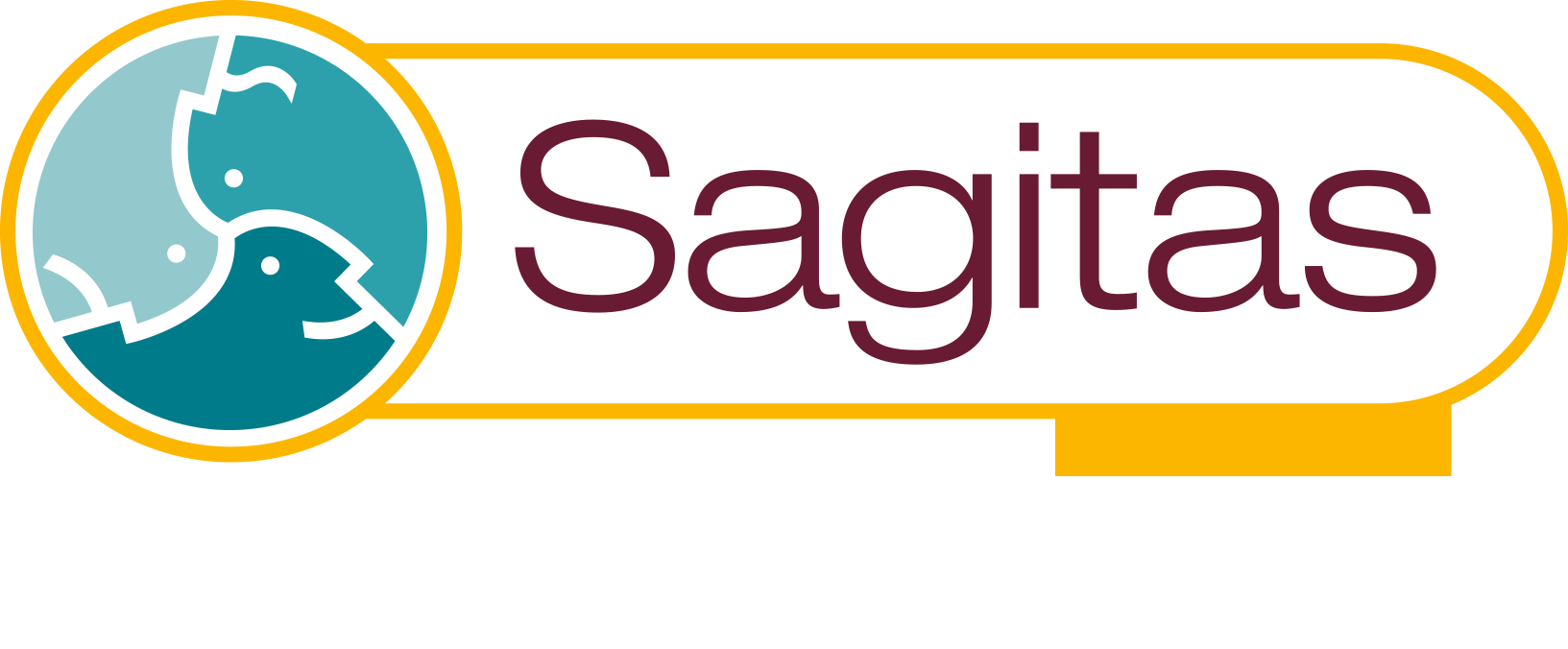5 Insights From Indeed Interactive 2019
In this wide world of hiring and business, there is a lot to learn and a lot to keep tabs on. The landscape of work is evolving rapidly and those that don't keep up are being left behind. So what's a great 21st-century manager to do when you find gaps in your knowledge base? One option is to head to a professional conference to refresh your ideas, network with your peers, and be exposed to new concepts and tactics. This May professionals from around the world headed down to Texas for Indeed Interactive 2019. Here are some key insights to consider if you missed the conference.
What is Indeed Interactive?
Indeed Interactive is a trade show organized by Indeed, the job board. It has about 2,500 attendees and the difference between this and other trade shows in the recruiting space is that Indeed Interactive is more practitioner-heavy, as opposed to vendor-heavy. You still see and meet vendors (i.e. tech platforms), but you get to hear more from those in the trenches every day dealing with recruitment challenges around the current talent market, high-volume fills, and more.
This year also had a series of keynotes including Saturday Night Live alum and movie star Amy Poehler, who encouraged attendees to talk less and told them that “when your gatekeepers change, so does your work/art.” The founder of Life is Good, John Jacobs, also spoke about the development of their brand and internal culture. He encouraged bosses to have conversations with employees “about more than just the deliverables,” as it builds a culture people want to return to every day.
That’s some 35,000-foot context for the conference. If you are a recruiter and dealing with hiring challenges, what else could this conference have taught you?
What were the most useful insights from the conference?
Let’s run through a couple of key insights or takeaways from the wide-variety of events and talks found at Indeed Interactive.
Insight #1 - Remember where you are as a company: A tech stack can help improve most recruiting challenges, but we also realize something mentioned a few times at this conference. Not every company is ready to do advanced tech work, i.e. “predictive analytics.” Some are still trying to get the building blocks of their recruiting strategy right. One speaker told a story of trying to sell a deep machine learning program to a company that hadn’t yet figured out how to make a LinkedIn company page. Machine learning is awesome, no doubt. But if you are still learning to strategically crawl as a recruiting function, you shouldn’t be expected to get up and run. Work from where you are and get the best resources and partners for you based on what you can currently maximize. Don’t try to do too much; if it backfires on you, you’ll be back at square one.
Insight #2 - What types of questions should you be asking candidates?: There was a panel on authenticity in hiring which was worth a drop in. Sheena Iyengar of Columbia University, considered a world expert on choice, led that discussion. She noted that the interview is one of the worst metrics of eventual job success, which, let's face it, we’ve known for a while now. The best indicator of success is sample job days, i.e. bringing a candidate in for a day and watch how they interact and perform simple tasks, but that’s logistically challenging (they might be currently employed elsewhere) and costs more than interviews, so interviews are the default method in many cases.
But if you have to rely on the traditional format, what questions should you be asking? Ms. Iyengar noted “Ask them to tell you the story of their life.” That might seem fluffy to some, but when you ask a question like that, you see what elements the candidate pulls out as important; what things they view as shaping their life to this point, personally and professionally. Ms. Iyengar also argued for asking “What is your five-year plan?” -- although others have argued against that particular question.
The other sweet spot in the candidate evaluation process, of course, are more effective hiring assessments. When you assess more strategically, you get the right people in the door at a higher rate, and this helps long-term with turnover reduction, general engagement, and increased productivity through collaboration. Know the type of employee who excels in your culture, assess towards that, and while you still need the right questions, the interview process itself becomes slightly less relevant with best-in-class assessments.
Insight #3 Getting rid of anchors: Anchors are a kind of synonym for “biases,” or ideas holding back better recruiting. There’s a good case here for making your recruiting team itself more diverse -- not just race and gender, but ways of thinking, industry backgrounds, etc. -- so that you get a diversity of thought about what candidates to advance through the process. This limits some of your “anchors.”
Insight #4 - The tech stack equation: William Tincup and Laurie Rutiemann, two bigger consultant/speaker names in the Human Capital Management space, gave a panel on the second day about accelerating recruiting through understanding different tech stack options. We know AI is here to stay, to the point that many recruiting teams view it as “table stakes” when evaluating a software option. It’s “table stakes” because it helps with so much of the busy work that clogs recruiters’ time, and it allows them to be more human -- and ask questions of candidates like “Tell me the story of your life.” And now those recruiters have time to listen, because the screening and sourcing is being done with AI’s help.
Insight #5 - The reason to attend these conferences: Yes, they cost money. Yes, often you have to fly there and might get delayed one way. And yes, you eat and drink in hotels and it’s not necessarily a 6 am yoga class health-wise. But if you go to these events and meet vendors and actual day-to-day recruiters, you can learn who is doing what, what is working, what isn’t working, new things to try, new approaches, and even get motivated by the likes of Amy Poehler!
Conferences such as Indeed Interactive as worth a visit because recruitment and hiring best practices are continually changing and evolving. Events like this help professionals stay up-to-date and learn both from their peers and the presenters.


